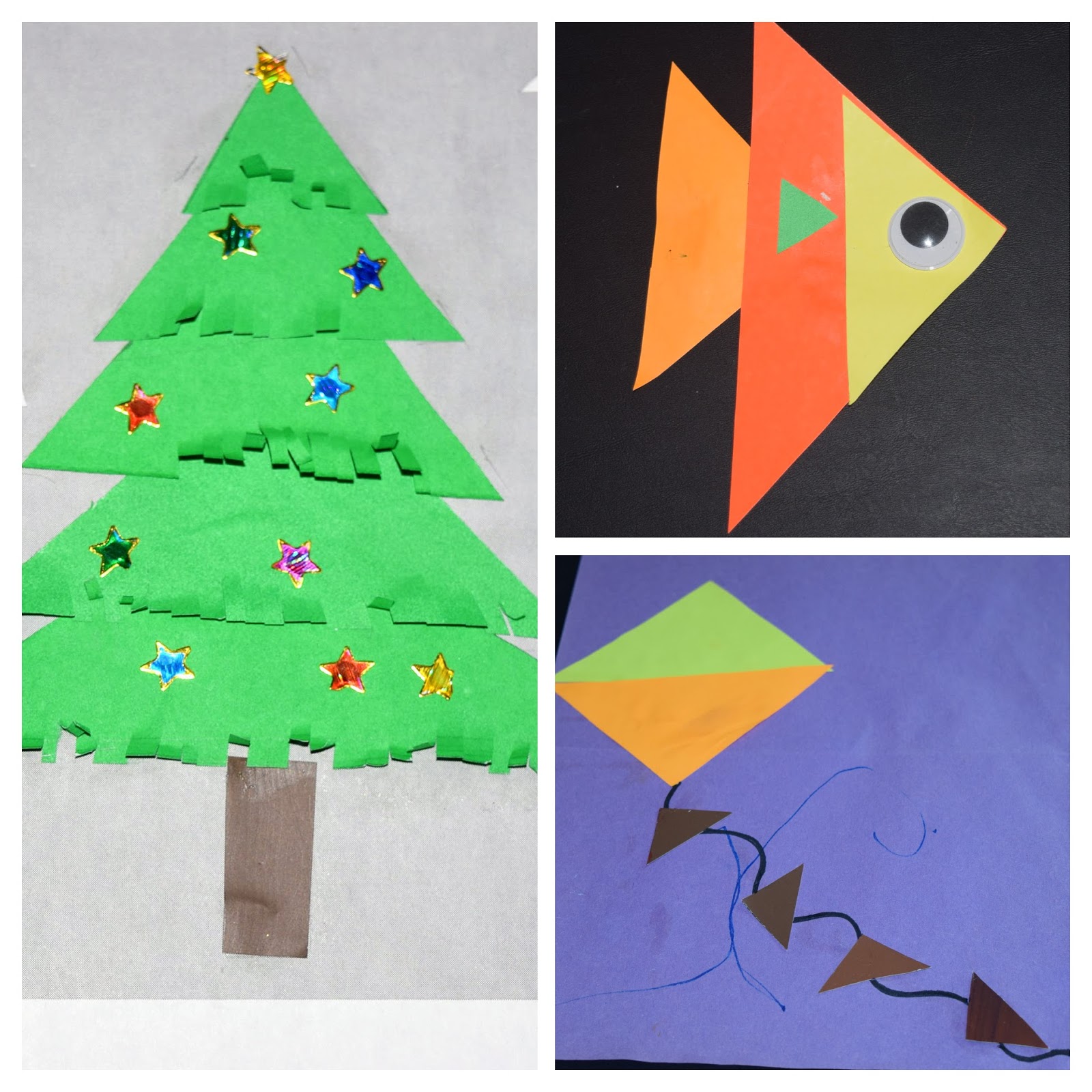
That said, collage is a great bonding activity (pun intended) for you and your child.
SHAPE COLLAGE FOR PRESCHOOL FREE
Your child is free to express themselves without too much direction from you, and Raising Children encourages you to follow your child’s lead and let them choose what to make with the materials at hand. Should parents get stuck in to collage, too?Ĭollage is an open-ended art activity, which means that it doesn’t have a set outcome. Playful Learning explains that collage encourages children to, ‘See the beauty in ordinary things and appreciate the possibilities of everyday objects.’ The process of selecting materials and making independent choices feels good for young children and, all in all, collage is a positive pastime that supports your little one’s development and sparks their creativity. If you’re collecting natural items, like leaves and seed pods, collage can also encourage outdoor exploration and a respect for nature. Be creative, as they experiment with different materials, techniques and designs of their own making.Work collaboratively, by sharing materials, tools and projects.Develop language and communication skills.Learn about different colours, textures and patterns.Collage can also help your under five to: The benefits of collage go beyond this, though.

Details such as restaurant names, people, bikes, etc can be done at the end with markers.Collage is a great way to develop your young child’s fine motor skills.Ĭutting, tearing, placing and pasting all requires coordinated movements of their small finger and hand muscles, and your little one will be practising their fine motor skills whether they’re learning to glue on their first bits of paper, or getting to grips with a pair of scissors and a multitude of materials. that are cut out from the textured paper. Next, everyone gets a piece of white 12×18 paper and they draw a road or two with maybe a round-a-bout which was popular here because we have so many of them in Bahrain! The rest of the paper is for glueing buildings, restaurants, cafe’s, malls, etc.

Encourage your students to fill up the papers with all sorts of texture and to use all different colors. Go outside for a texture hunt and remind kids to rub their crayons in a ‘ sleeping‘ position and encourage them to try two colors.īack in the classroom, give out different colored 9×12 construction paper and hand out texture plates and sheets which have a wide range of textures on it and the kids love them. Kids will come up with all sorts of ideas but you basically want them to say that you can see texture by rubbing it onto paper with pencils or crayons. Use old crayons that have no wrappers on them.Īfter asking your students what the word ‘ texture‘ might mean, ask them how can we ‘ see‘ texture. Give your students a piece of paper and tell them to choose two different colored crayons. Get ready for an exciting lesson you can try with your students the next time you talk about texture.


 0 kommentar(er)
0 kommentar(er)
